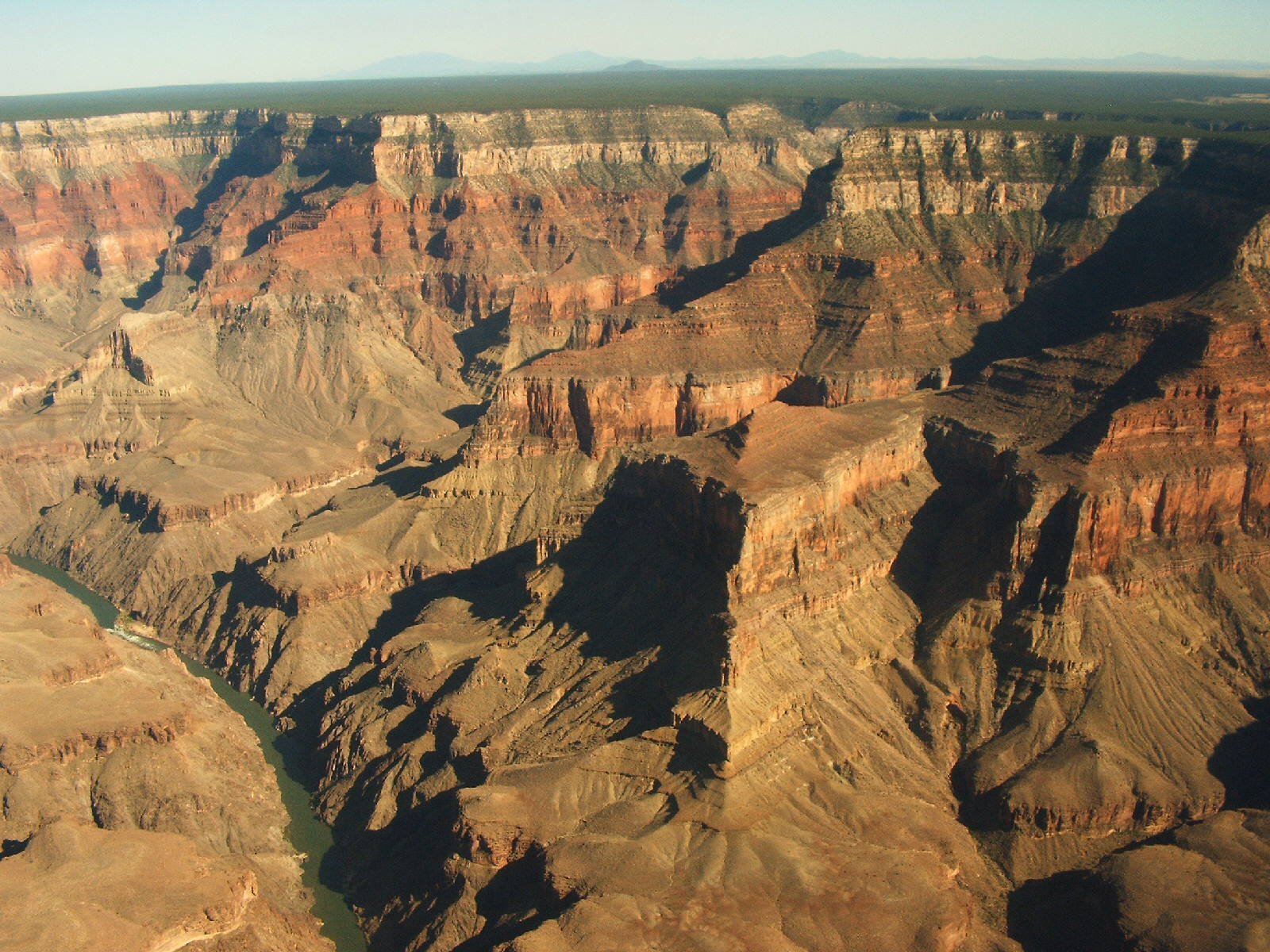The Grand Canyon offers adventurers a unique opportunity to explore its majestic landscape through river access, providing multiple entry and exit points along the Colorado River. Navigating this natural wonder requires careful planning, understanding of permit systems, and knowledge of specific access locations that range from Lee’s Ferry to Diamond Creek, each presenting distinct challenges and breathtaking perspectives of the canyon’s geological marvel.
What Are the Primary Grand Canyon River Access Points?
River access in the Grand Canyon is strategically located to provide adventurers with diverse entry and exit opportunities. Understanding these points is crucial for planning a successful river expedition.
Key Access Locations
| Access Point | Elevation | Notable Features |
|---|---|---|
| Lee’s Ferry | 3,100 ft | Primary launch point, well-equipped facilities |
| Phantom Ranch | 2,400 ft | Mid-canyon access with lodging options |
| Diamond Creek | 1,600 ft | Western canyon exit point |
| South Cove | 1,500 ft | Alternative western access |
How Do River Permits Work?
Obtaining a river permit for the Grand Canyon is a structured process managed by the National Park Service. Here’s what adventurers need to know:
Permit Application Requirements
- Non-refundable application fee: $25
- Launch fee: $90 per person (12-25 day trip)
- Annual lottery system in February
- Weighted selection process
What Routes Can Adventurers Choose?
River routes in the Grand Canyon vary in difficulty and duration:
- Lee’s Ferry to Phantom Ranch
- Distance: 88 miles
- Duration: 3-5 days
- Difficulty: Moderate
-
Highlights:
- Marble Canyon
- Redwall Cavern
- Nankoweap Rapid
-
Phantom Ranch to Diamond Creek
- Distance: 225 miles
- Duration: 7-14 days
- Difficulty: Challenging
- Highlights:
- Inner Gorge
- Lava Falls
- Upset Rapid
How to Prepare for River Access?
Preparation is key to a successful Grand Canyon river expedition:
Essential Preparation Checklist
- Secure appropriate permits
- Choose experienced river guides
- Pack appropriate gear
- Understand river difficulty levels
- Check seasonal restrictions
- Arrange transportation and shuttle services
What Shuttle Services Are Available?
Shuttle services play a critical role in river access logistics:
- Arizona Raft Adventures
- Grand Canyon Whitewater
- Specialized transportation between access points
- Advance reservations recommended
Safety and Regulations
River access in the Grand Canyon requires strict adherence to safety protocols:
- Always check current river conditions
- Follow National Park Service guidelines
- Carry appropriate safety equipment
- Understand emergency procedures
- Respect environmental conservation rules
Best Times for River Access
| Season | Characteristics | Recommended For |
|---|---|---|
| April-October | Peak season, optimal conditions | Most adventurers |
| December-March | Less crowded, colder temperatures | Experienced rafters |
Pro Tips for River Access
- Book permits well in advance
- Consider guided expeditions for first-time visitors
- Understand personal fitness requirements
- Be prepared for variable weather conditions
- Respect indigenous cultural sites
Cost Considerations
River access and expeditions can be expensive:
– Permit fees: $25-$90 per person
– Guided trip costs: $2,000-$5,000
– Personal equipment: $500-$1,500
– Transportation: Additional expenses
Final Recommendations
- Research thoroughly before planning
- Join experienced river guide groups
- Understand personal skill levels
- Prioritize safety over adventure
Reference:
– Grand Canyon National Park Official Website
– RiverMaps Guide
– National Park Service River Permits

